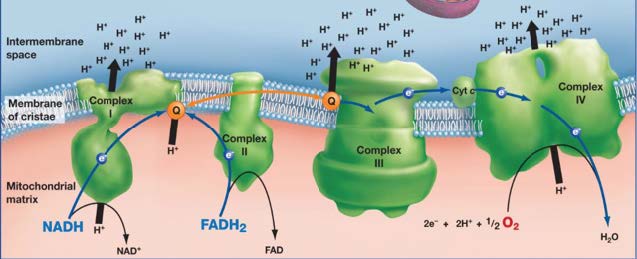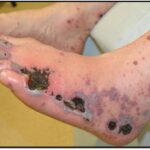Cyanide toxicity represents a critical concern in toxicology and emergency medicine due to its rapid onset and potential lethality. This article provides an in-depth examination of cyanide toxicity, encompassing its sources, mechanisms of action, clinical manifestations, and current treatment protocols.

Sources of Cyanide Exposure
Cyanide compounds are encountered in various contexts, both natural and anthropogenic. Key sources include:
- Industrial Applications: Cyanide is utilized in industries such as metal plating, mining, and chemical synthesis. Occupational exposure can occur during processes like electroplating and gold extraction.
- Combustion of Synthetic Materials: The burning of materials like polyurethane and certain plastics can release hydrogen cyanide gas, posing inhalation risks during fires.
- Natural Occurrences: Certain plants, including cassava roots and seeds of fruits like apricots and apples, contain cyanogenic glycosides that can release cyanide upon metabolism.
- Chemical Warfare Agents: Cyanide has been employed as a chemical weapon, with agents such as hydrogen cyanide and cyanogen chloride classified as blood agents due to their systemic toxicity.
Mechanism of Toxicity
Cyanide exerts its toxic effects by inhibiting cytochrome c oxidase, a critical enzyme in the mitochondrial electron transport chain. This inhibition prevents cellular respiration, leading to a shift from aerobic to anaerobic metabolism and subsequent lactic acidosis. The resulting cellular hypoxia particularly affects organs with high oxygen demands, such as the brain and heart.
Clinical Manifestations
The presentation of cyanide poisoning varies with the route and magnitude of exposure:
- Acute Exposure: Symptoms develop rapidly and may include headache, dizziness, confusion, dyspnea, and nausea. In severe cases, seizures, loss of consciousness, and cardiac arrest can occur.
- Chronic Exposure: Prolonged low-level exposure may lead to weakness, ataxia, and symptoms of neurotoxicity. Chronic dietary exposure, as seen with improper preparation of certain cassava varieties, has been linked to neurological disorders.
Diagnosis
Diagnosing cyanide poisoning requires a high index of suspicion, particularly in relevant exposure scenarios. Laboratory findings may reveal metabolic acidosis with an elevated anion gap and increased blood lactate levels. Direct measurement of blood cyanide concentrations can confirm exposure but is often not feasible in acute settings due to time constraints.
Treatment Protocols
Immediate management of cyanide poisoning involves:
- Decontamination: Removing the individual from the source of exposure and ensuring the airway is secured.
- Supportive Care: Administration of 100% oxygen to mitigate hypoxia.
- Antidotal Therapy: The use of specific antidotes is critical:
- Hydroxocobalamin: Binds cyanide to form cyanocobalamin (vitamin B12), which is then excreted renally. It is preferred due to its safety profile and efficacy.
- Sodium Thiosulfate: Serves as a sulfur donor, facilitating the conversion of cyanide to the less toxic thiocyanate by the enzyme rhodanese.
Prompt recognition and treatment are paramount, as delayed intervention can result in irreversible neurological damage or death.
Prevention Strategies
Preventive measures are essential to reduce the risk of cyanide poisoning:
- Occupational Safety: Implementing proper industrial hygiene practices, including the use of personal protective equipment and adequate ventilation in workplaces handling cyanide compounds.
- Public Education: Informing communities about the dangers of consuming improperly processed cyanogenic plants and the importance of proper food preparation techniques.
- Emergency Preparedness: Ensuring that first responders and healthcare facilities are equipped with necessary antidotes and trained in the management of cyanide poisoning incidents.

